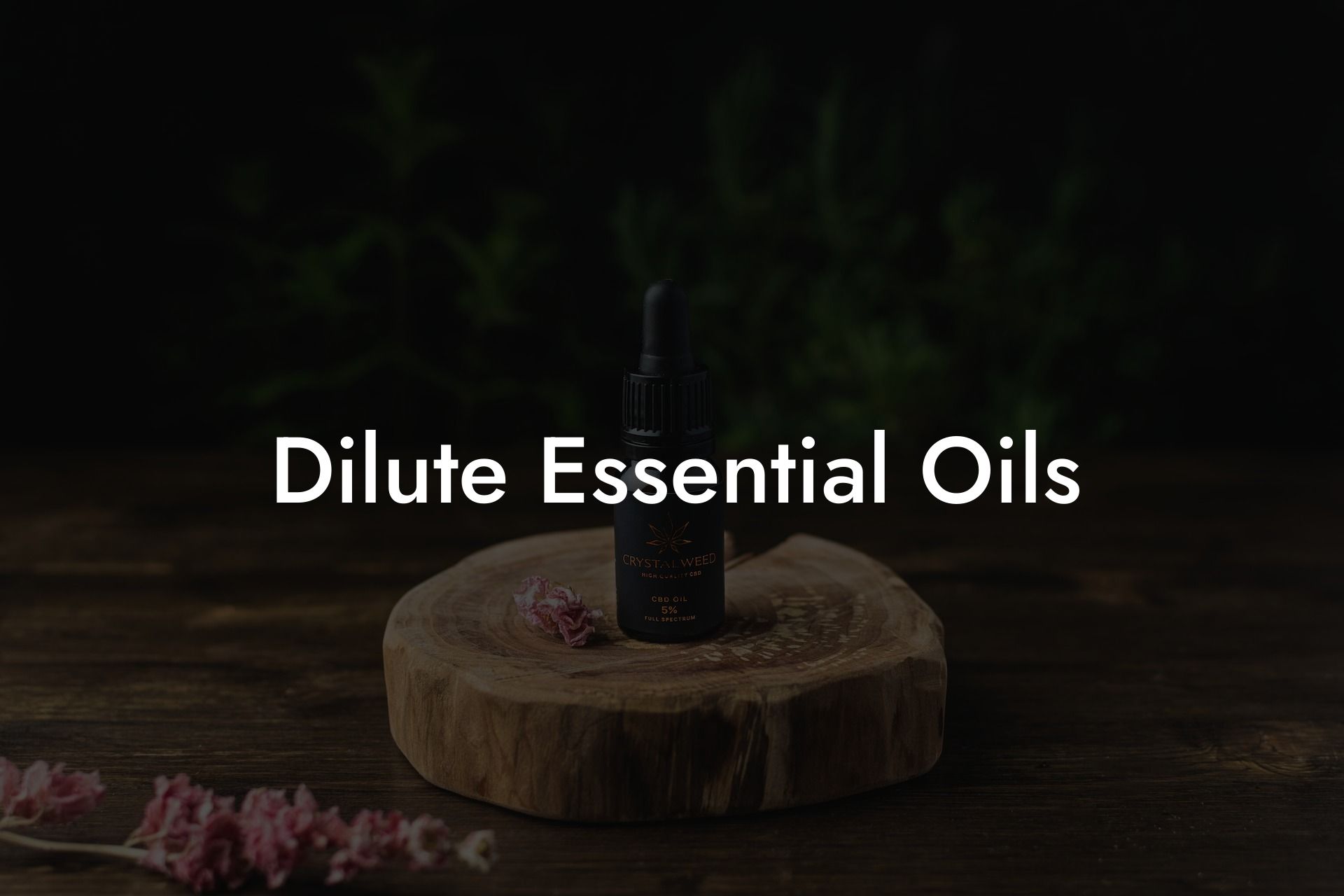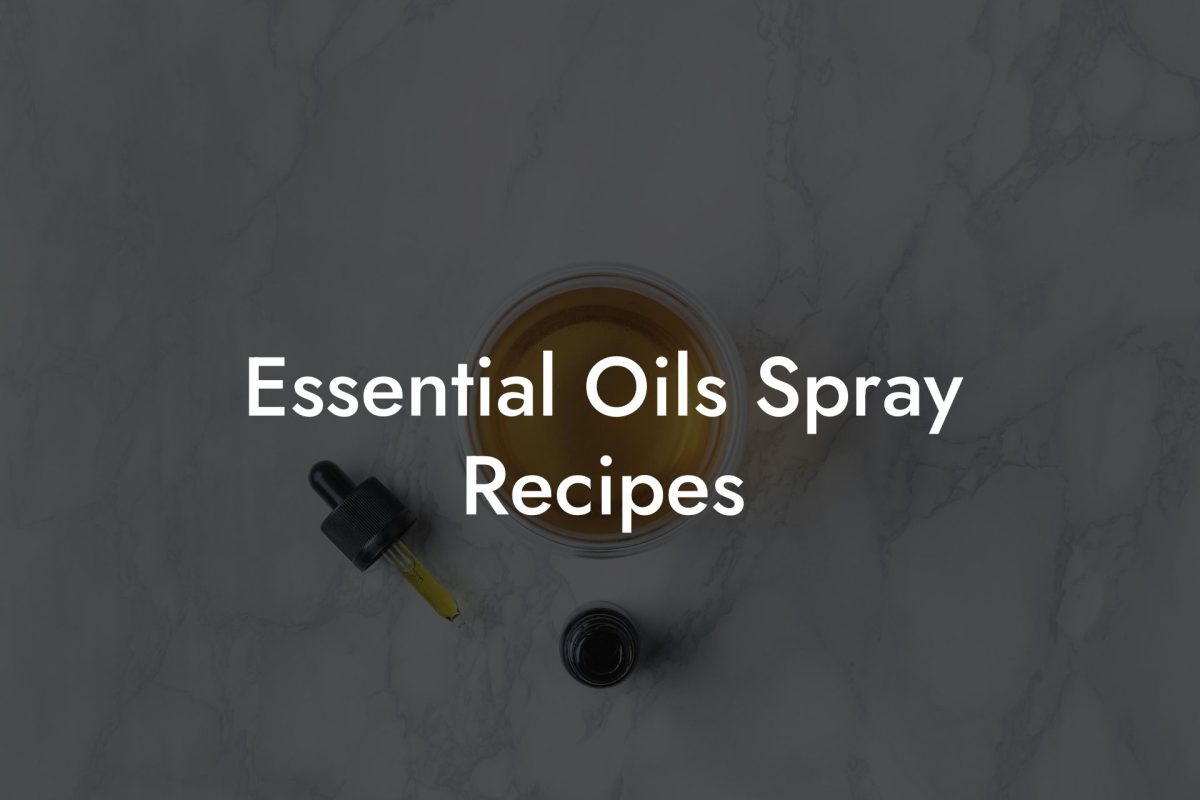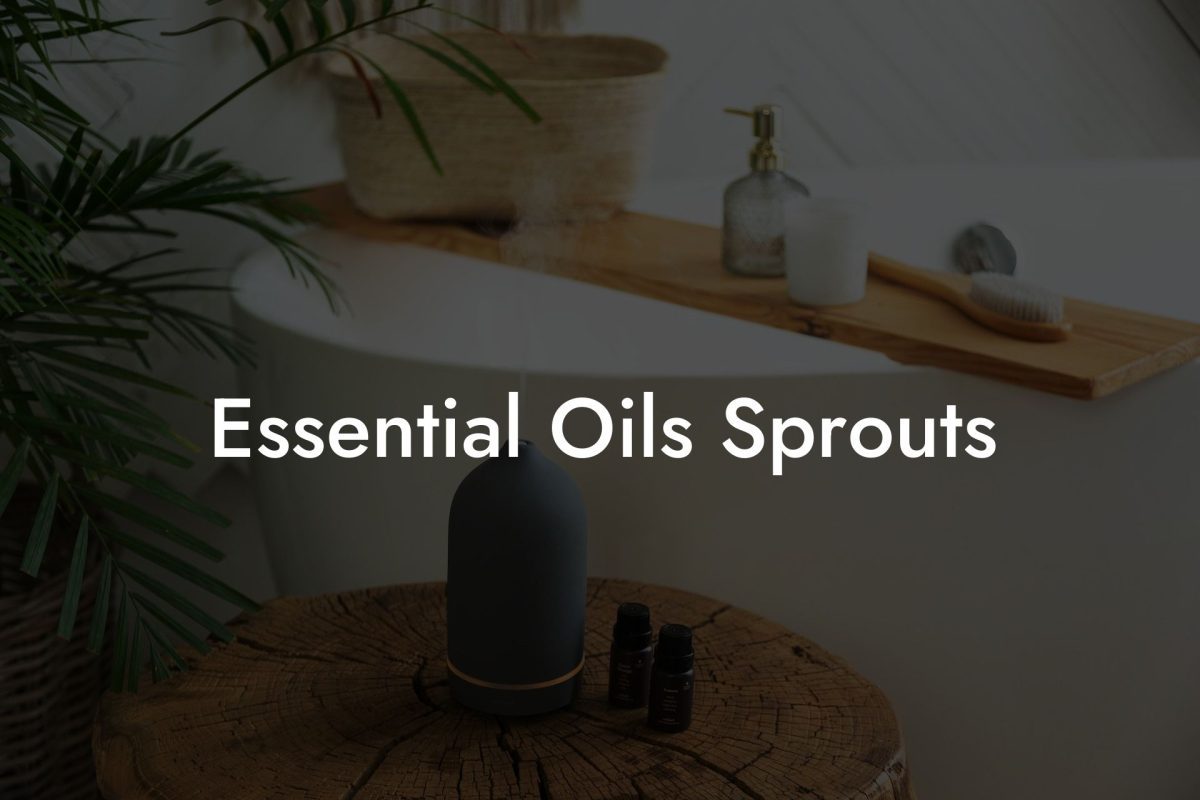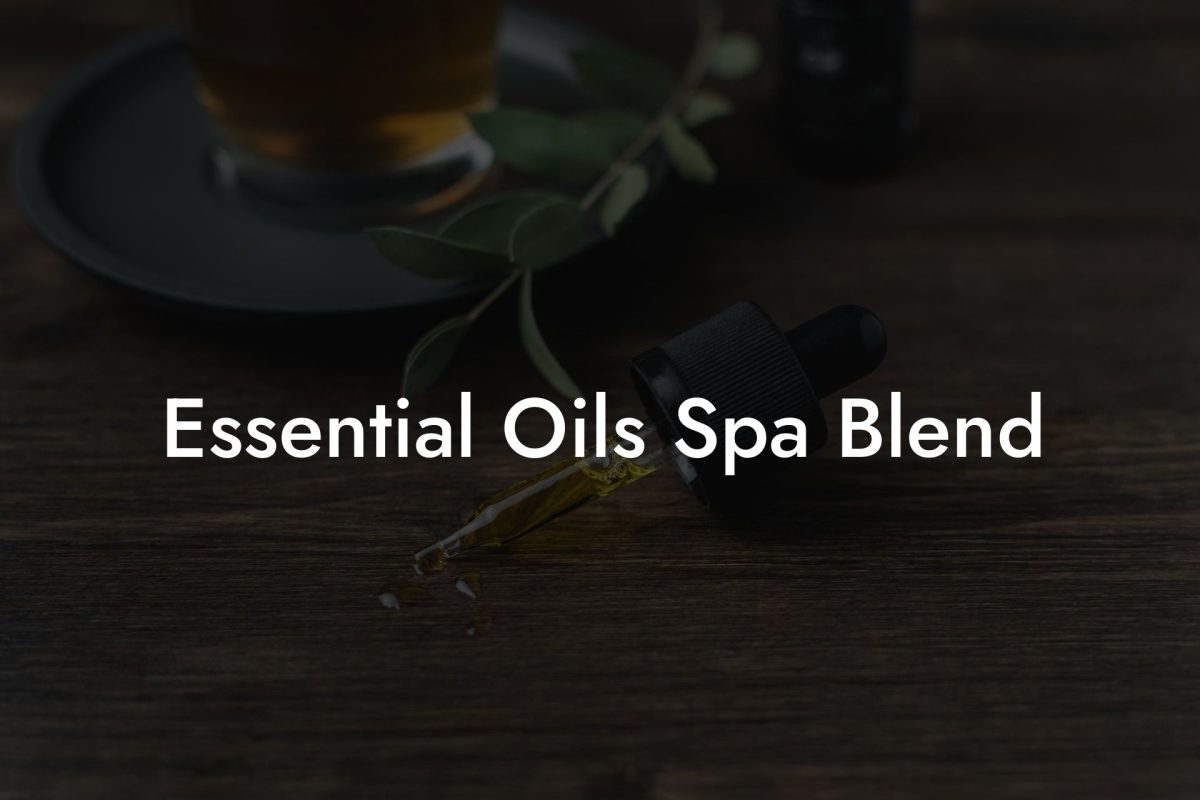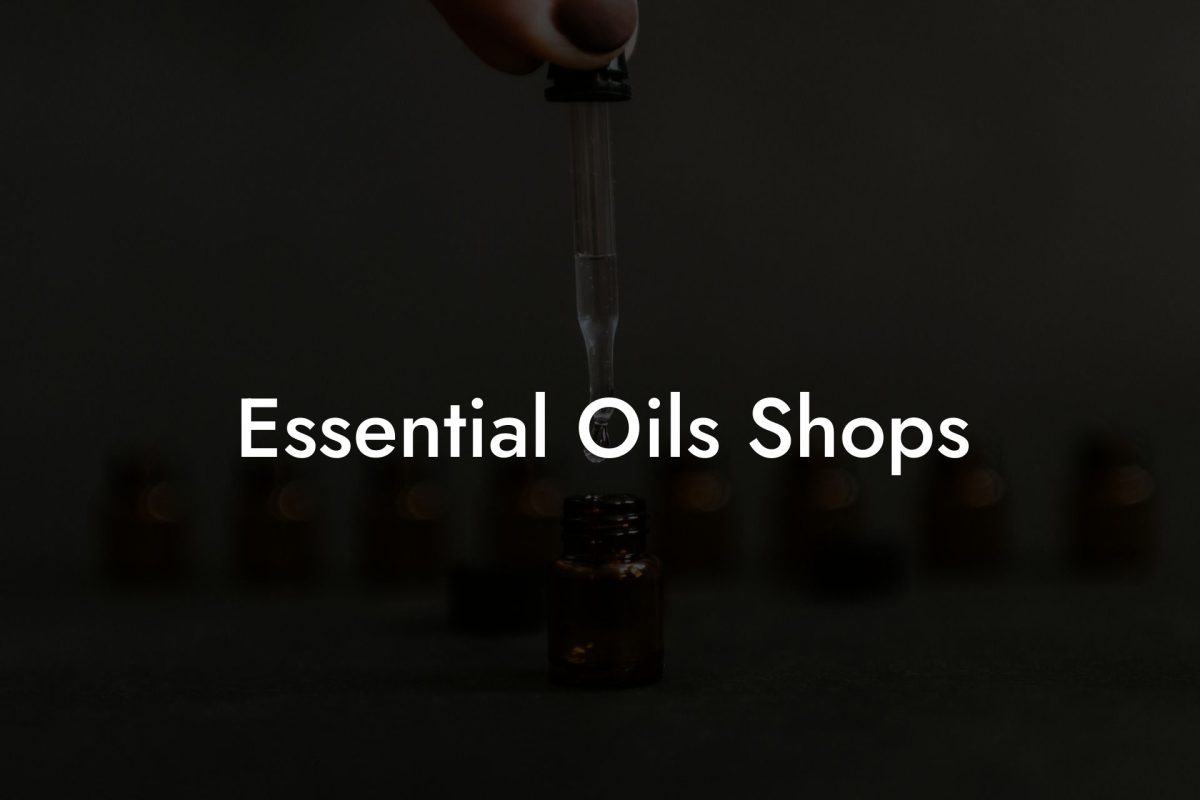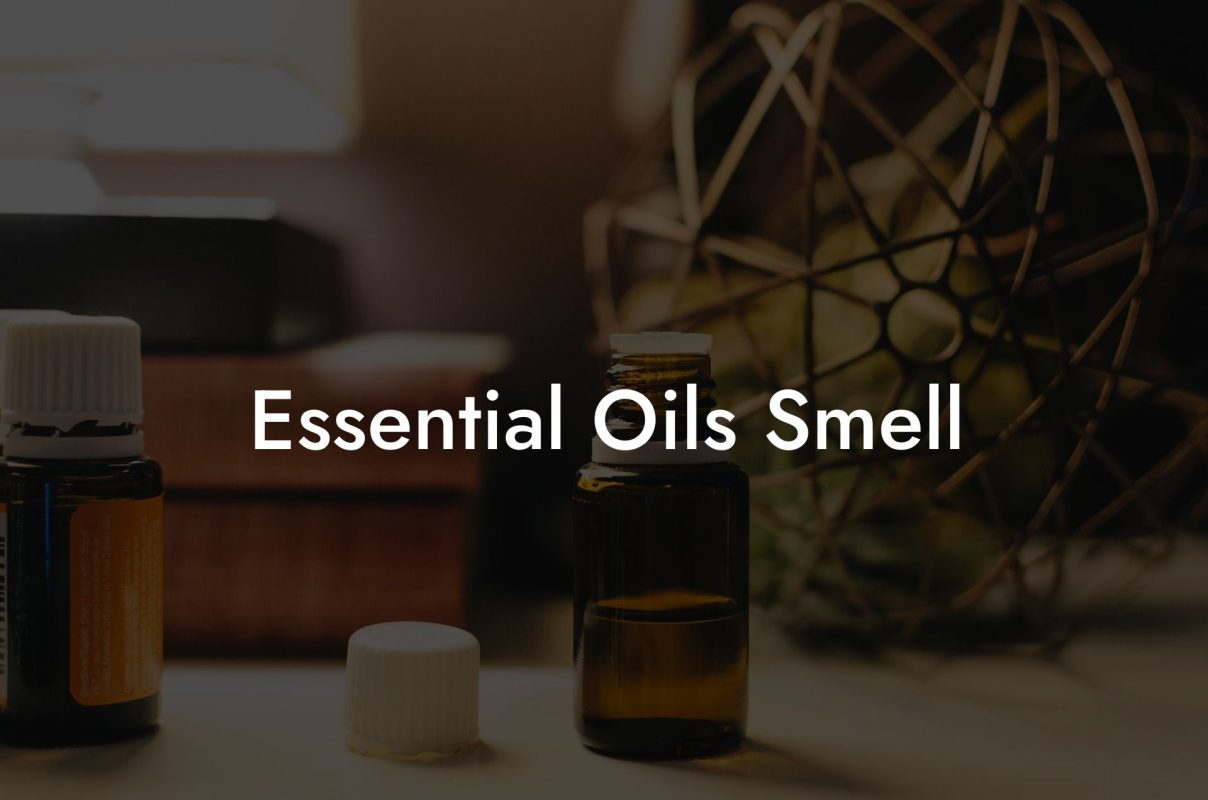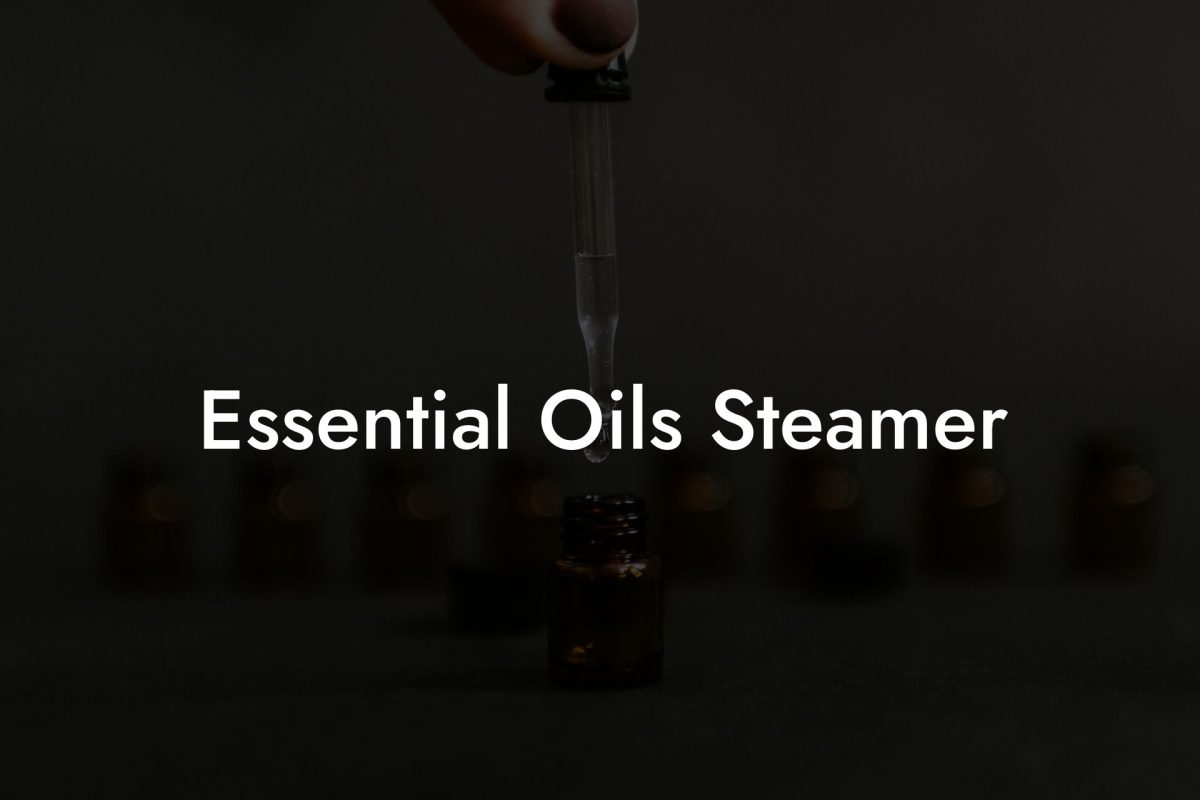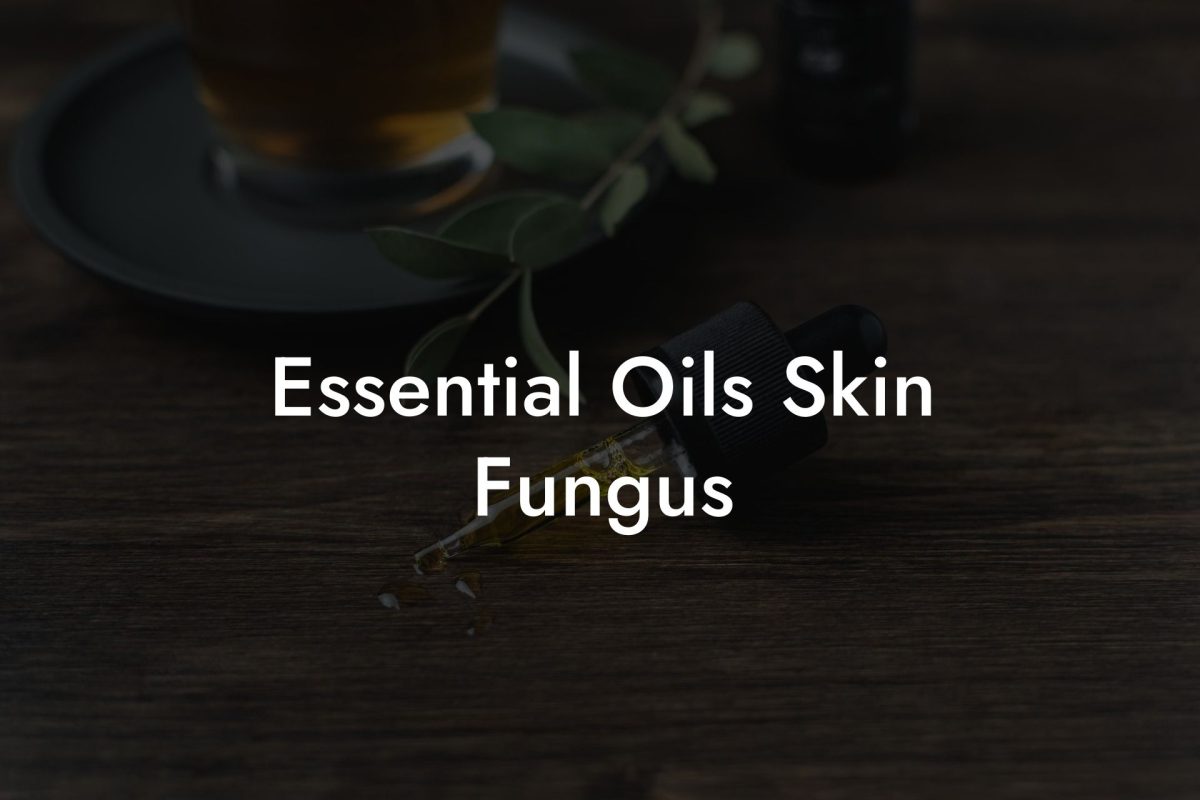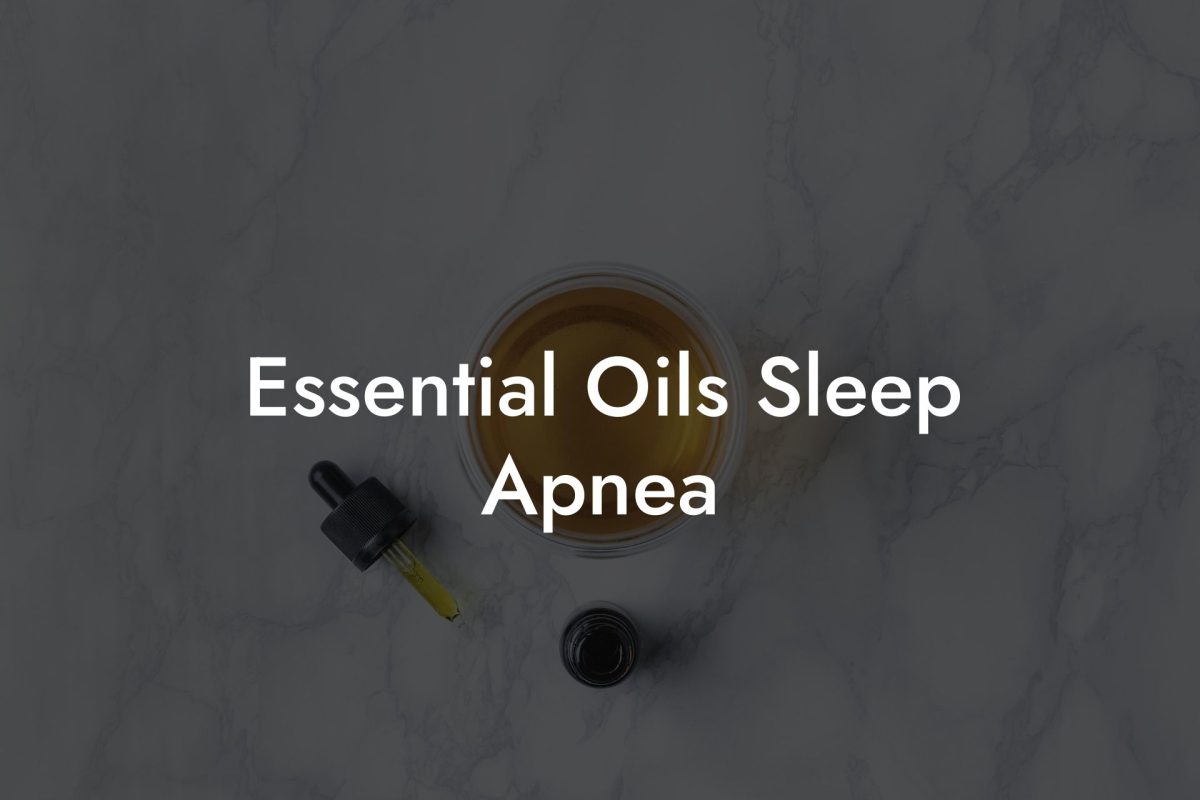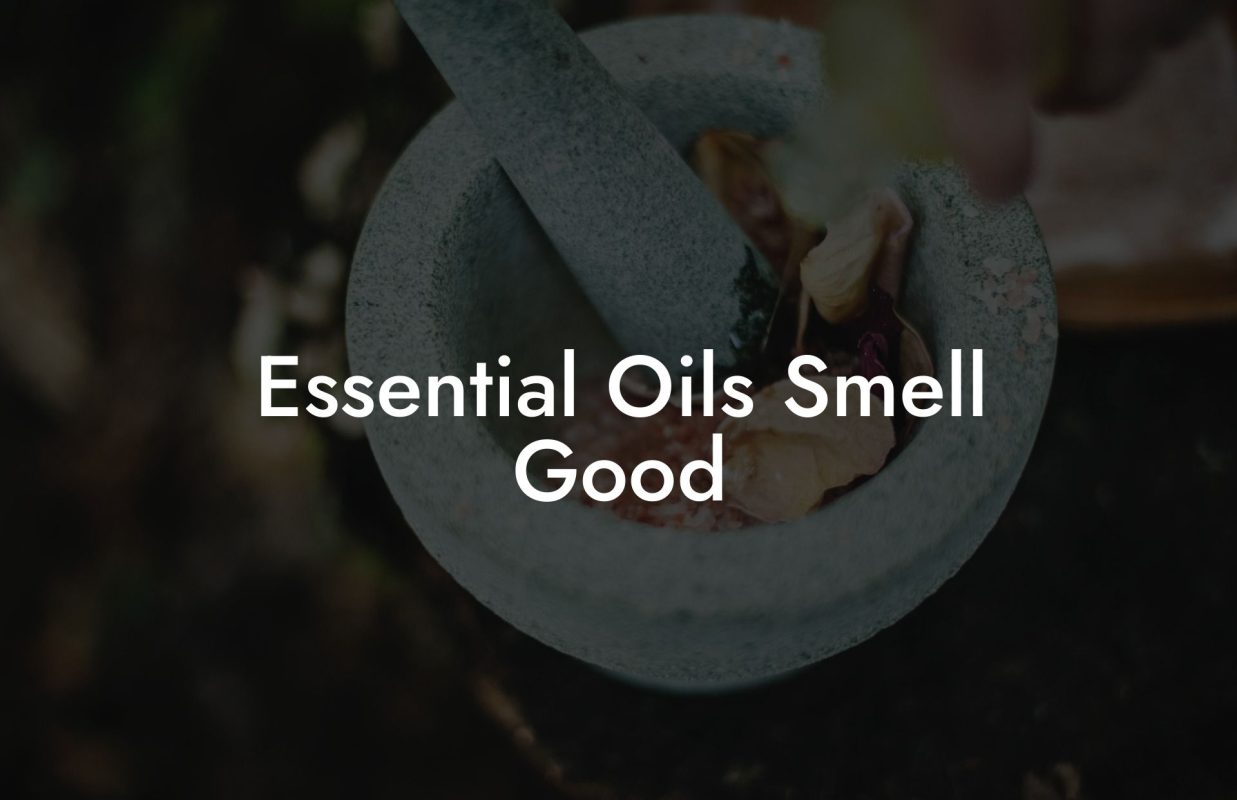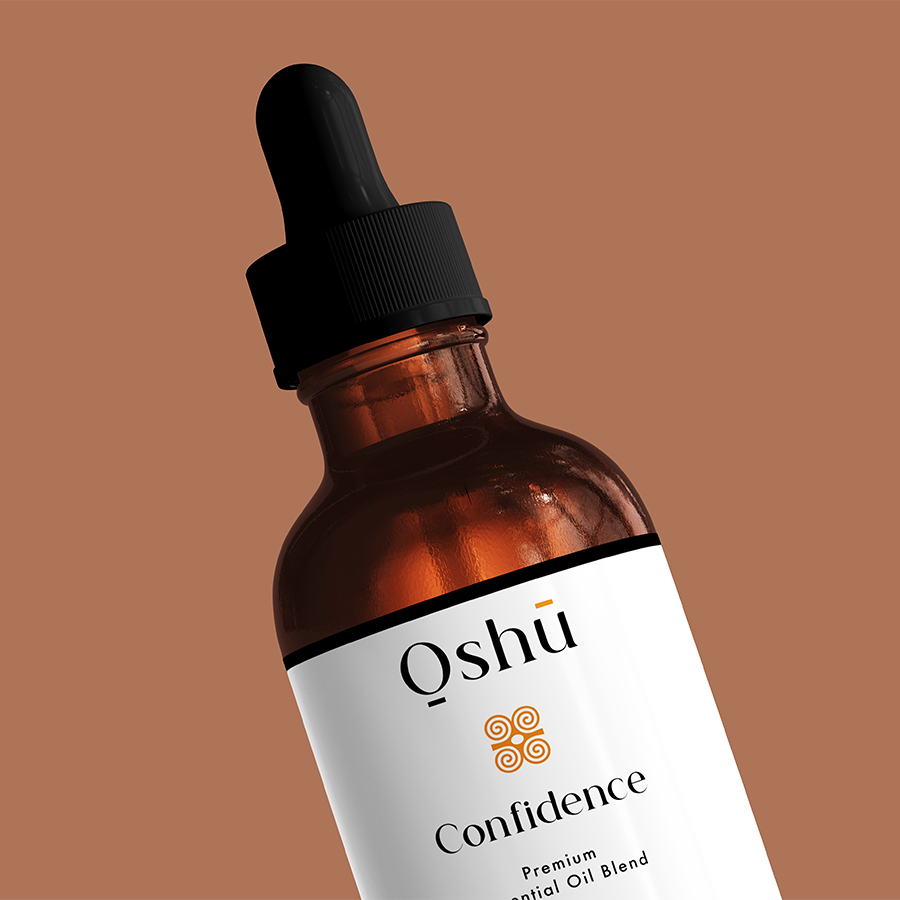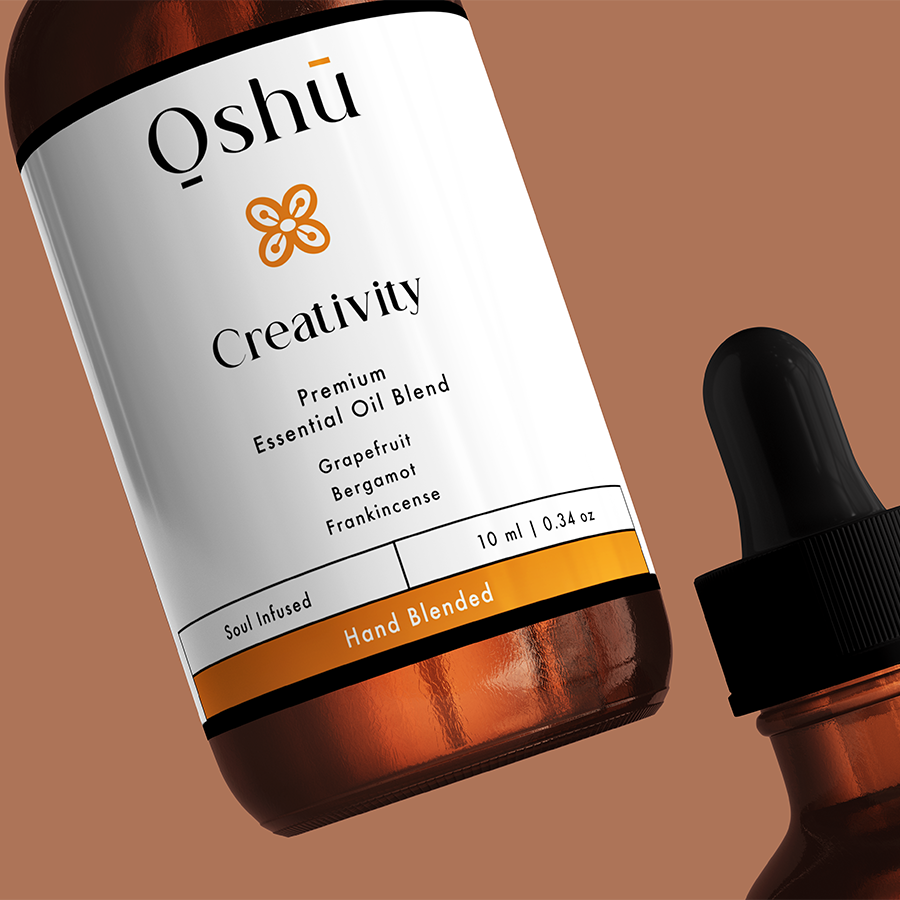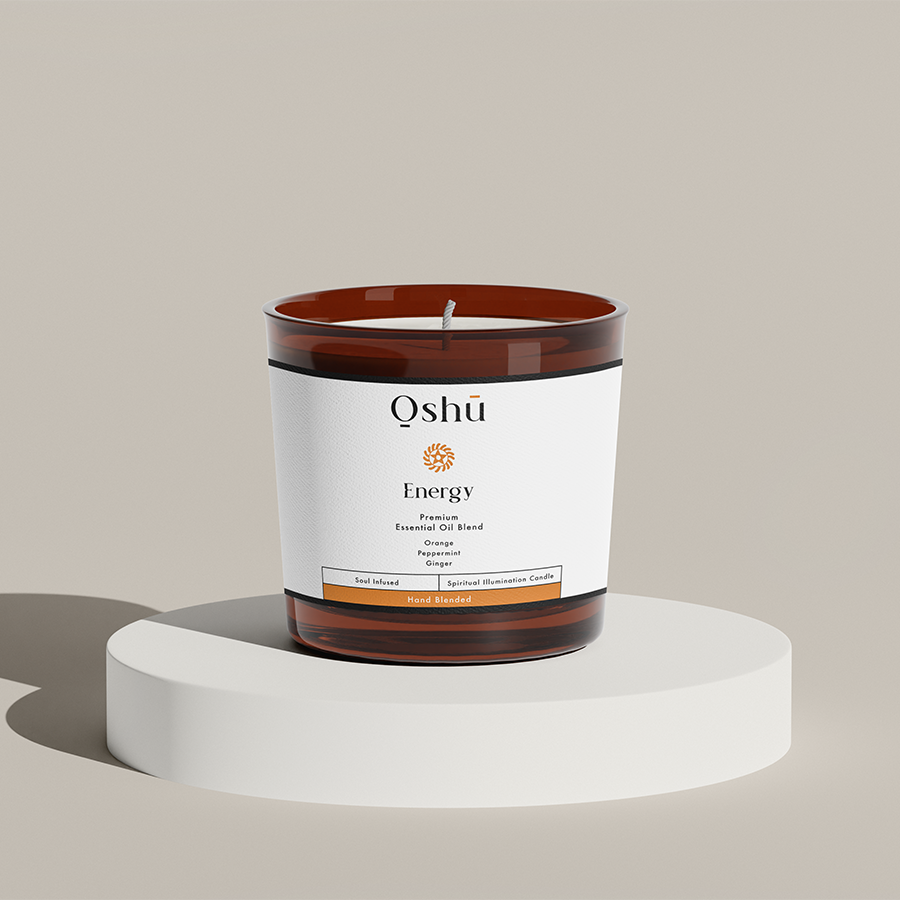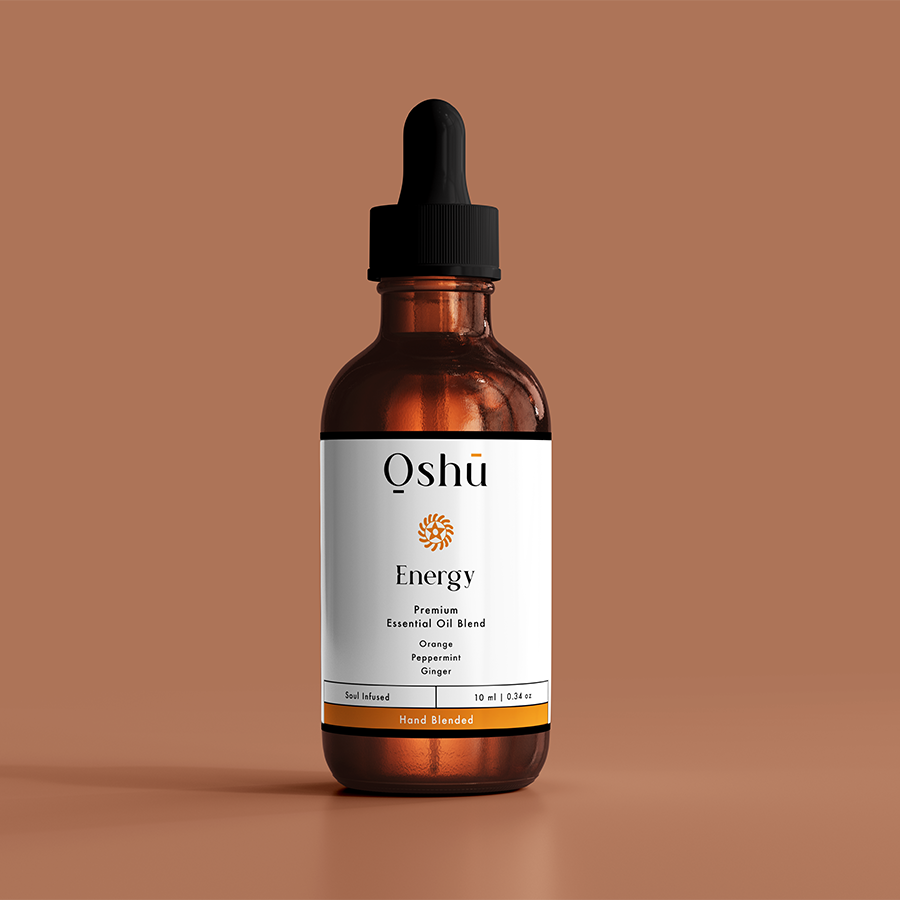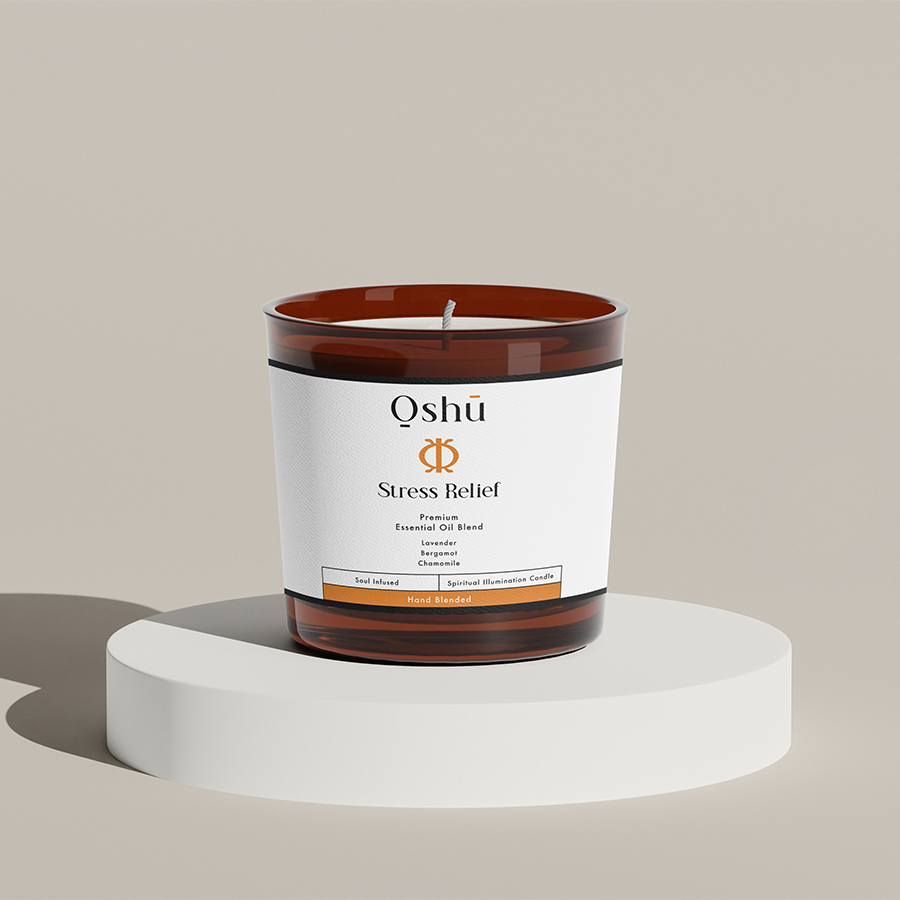Discover the ins and outs of diluting essential oils in this comprehensive guide. Learn why it is vital to dilute essential oils, and step by step how to do so safely and effectively for a balanced and beneficial aromatic experience.
Table of Contents
Why Dilute Essential Oils?
Diluting essential oils is essential for several reasons:
- Safety: Essential oils are highly concentrated substances that can cause irritation, allergic reactions, or sensitization if used undiluted on the skin.
- Efficacy: Dilution helps increase the absorption of essential oils by reducing the rate of evaporation and enhancing their penetration into the skin.
- Economy: Diluting essential oils allows you to use less product while still enjoying their powerful benefits.
Carrier Oils: The Key to Dilution
Carrier oils are vegetable oils, such as coconut oil, olive oil, and jojoba oil, that help “carry” essential oils onto the skin. They have their benefits and complementary properties, so it is essential to choose the right one for your needs. Here are some popular carrier oils and their properties:
- Coconut oil: Lightweight, fast-absorbing, and non-greasy, making it perfect for all skin types.
- Olive oil: Rich in antioxidants and vitamins, suitable for dry and mature skin, but it can be heavy for oily skin.
- Jojoba oil: Closely resembles the skin’s natural oil, making it suitable for all skin types and especially great for acne-prone skin.
Understanding Essential Oil Dilution Ratios
Dilution ratios vary depending on the individual’s age, skin type, health conditions, and the essential oil being used. Below are general guidelines for essential oil dilution ratios:
- 1% dilution: Recommended for children (2-12 years), elderly people, pregnant women, and individuals with sensitive skin. Mix 1 drop of essential oil with 1 teaspoon of carrier oil.
- 2% dilution: Suitable for everyday use and general health and wellness applications. Mix 2 drops of essential oil with 1 teaspoon of carrier oil.
- 3-5% dilution: Ideal for short-term use to address specific issues, such as acute pain or inflammation. Mix 3 to 5 drops of essential oil with 1 teaspoon of carrier oil. Use sparingly and only when needed.
How to Dilute Essential Oils
- Select a high-quality, cold-pressed carrier oil that complements your essential oil and meets your desired benefits.
- Measure the desired amount of carrier oil into a dark glass bottle or container.
- Using a dropper, add the appropriate number of drops of essential oil based on the dilution ratio you wish to achieve.
- Seal the container and gently shake it to mix the carrier and essential oils.
- Label the container, indicating the essential oil used, dilution ratio, and date created.
- Store the diluted oil in a cool, dark place to preserve its freshness and potency.
Dilute Essential Oils Example:
Suppose you want to create a 2% dilution of lavender essential oil using jojoba oil for an everyday relaxation and stress relief massage oil. Follow these steps:
- Select cold-pressed jojoba oil as your carrier oil.
- Measure 1 ounce (30 mL) of jojoba oil into a dark glass bottle.
- Using a dropper, add 12 drops of lavender essential oil.
- Seal the bottle and gently shake to mix the oils thoroughly.
- Label the bottle “Lavender 2% Dilution – Stress Relief” and include the creation date.
- Store the massage oil in a cool, dark place for a long-lasting, effective aromatic experience.
Now that you’re well-versed in diluting essential oils, you can confidently enjoy the full benefits of these powerful natural substances. Share this article with friends and family interested in discovering the world of essential oils. Explore our in-depth guides on Oshu Oils to dive deeper into the myriad benefits of essential oils and aromacology. And don’t forget to try our exquisite Oshu Oils range of artisan essential earth oils to experience the transformative effects of expertly blended botanical ingredients.

